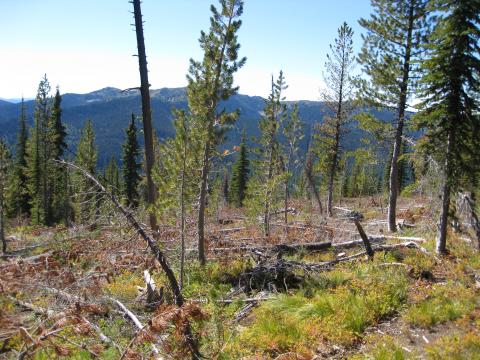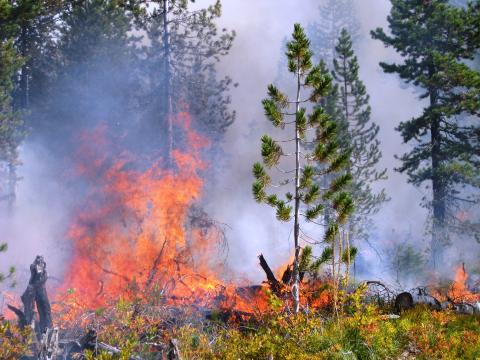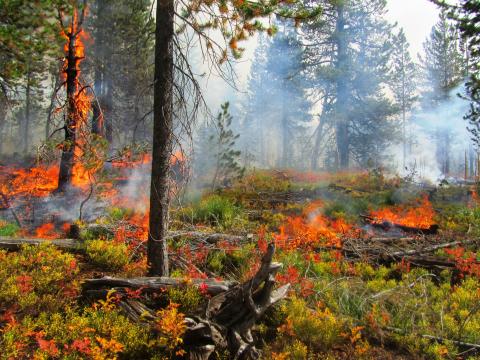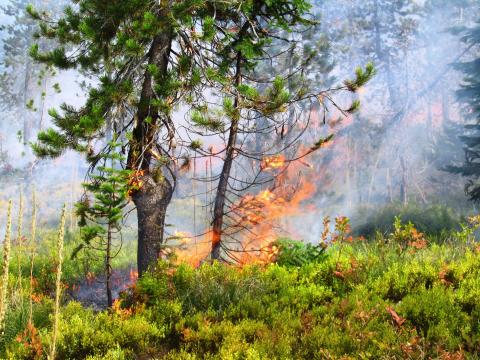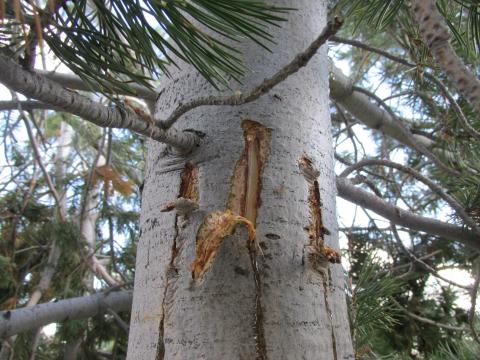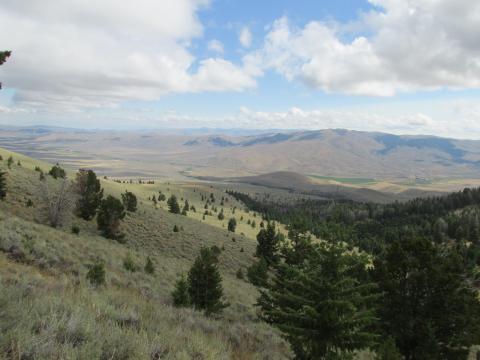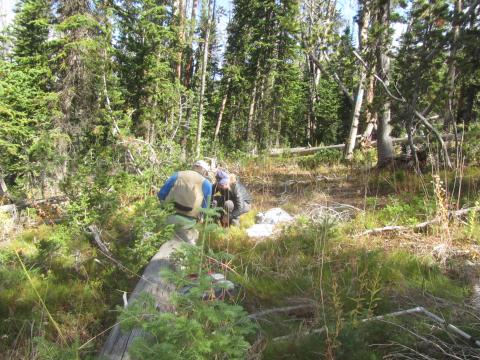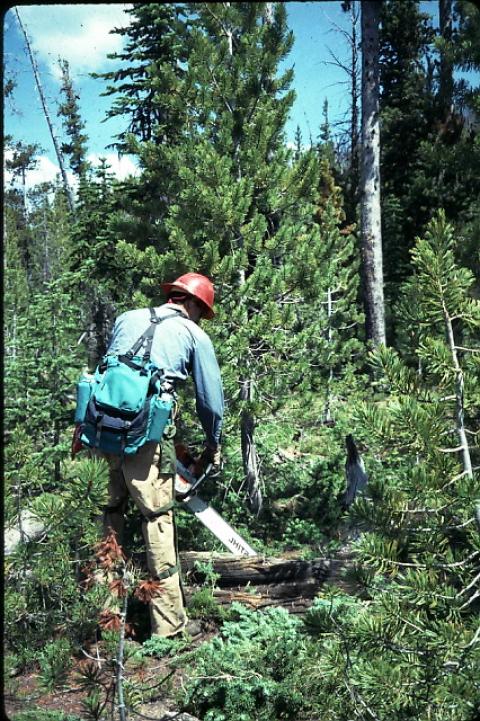Whitebark pine has been rapidly declining on many National Forests in the northwestern United States over the last three decades because of blister rust infections and mountain pine beetle outbreaks, which have been exacerbated by recent warmer climates. Great care should be taken to preserve, protect, and conserve the remaining whitebark pine because their populations are so low that future disturbances, especially those facilitated by climate change, could cause local extinctions of this valuable keystone species that provides food to hundreds of wildlife species. Silvicultural cuttings and prescribed burning have been used to successfully restore declining whitebark pine stands in many places. However, these techniques are costly and are somewhat tricky to implement making them difficult to operationally implement on National Forests with limited budgets and expertise. New cheaper techniques need to be developed that are just as effective as the cutting and burning treatments. Daylighting treatments (cutting competing trees in a circular area around a target tree) have had success in other five-needle pine ecosystems, and many managers are now using daylighting for whitebark pine restoration because they can’t afford to thin entire stands. No research study has documented the effects of daylighting treatments on whitebark pine survival, vigor, and cone production. In this study, we investigate the effects of daylighting treatments, implemented with other silvicultural and prescribed burning treatments, on wildland fuels, tree survival and mortality, and understory vegetation. We will implement this study on at least three sites: Prospect Mountain (Lolo National Forest), Grouse Mountain (Bridger-Teton National Forest), and Mink Peak (Lolo National Forest). We will put 10 plots in each unit in each study area, including a control unit where no treatments are implemented. This study will measure fuels, trees, and vegetation at several intervals: pre-treatment, post-treatment, 5 years post-treatment, 10-years post treatment, and 15 years-post-treatment.
For additional information, please reference the Daylight study plan.
Daylight project Image Gallery
For geographical information on this project and how it fits with other Fire Lab Whitebark Pine research, visit the Whitebark Pine Story Map.

